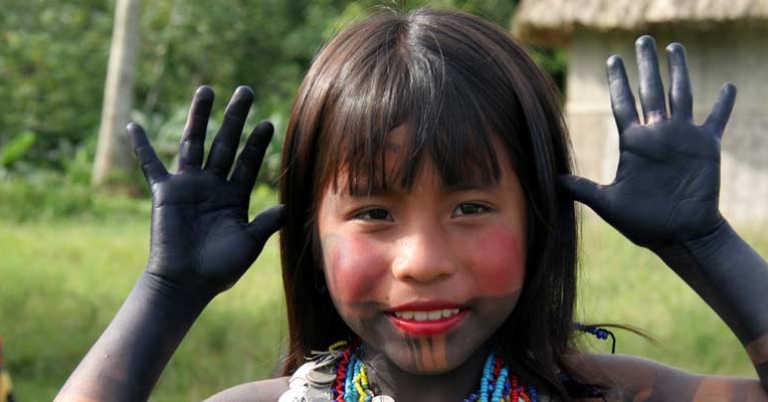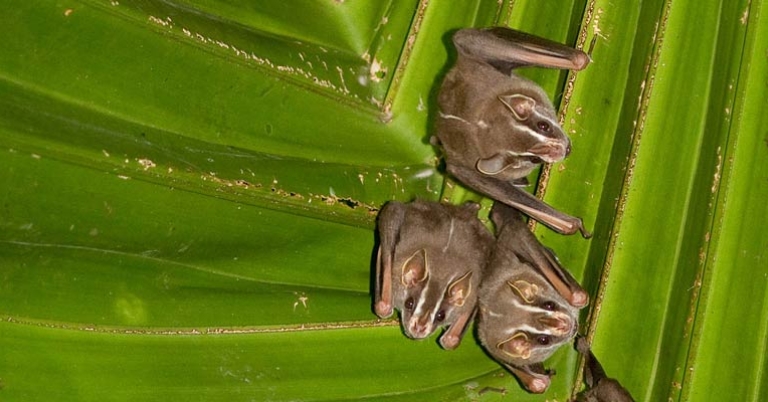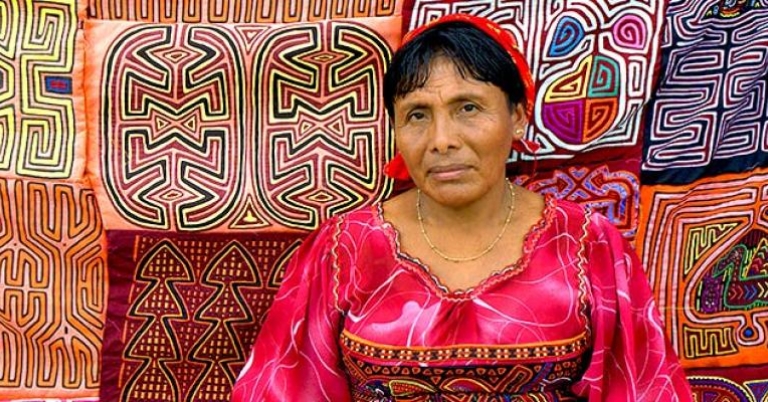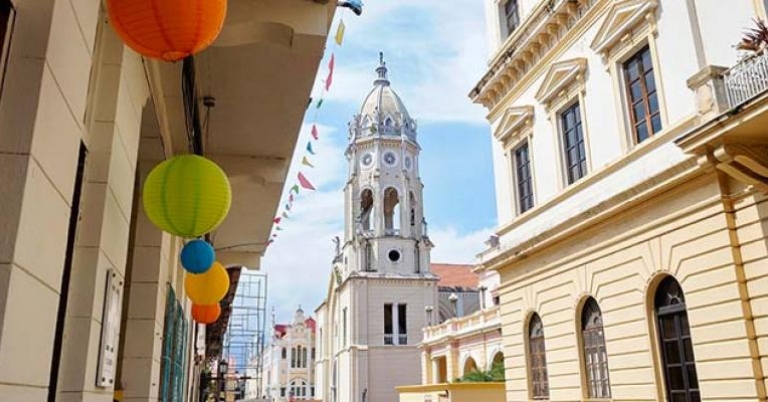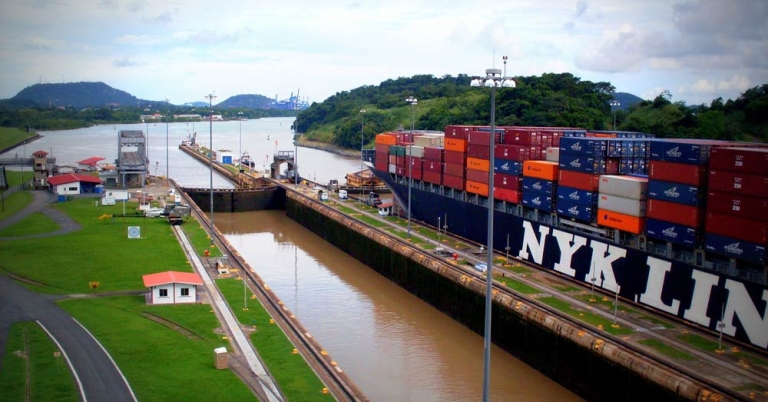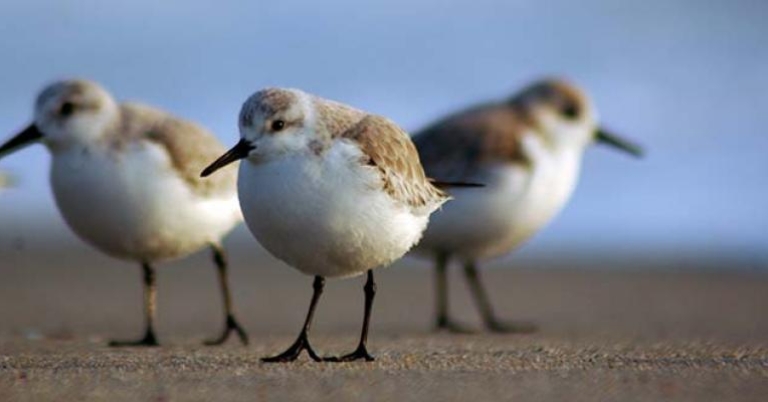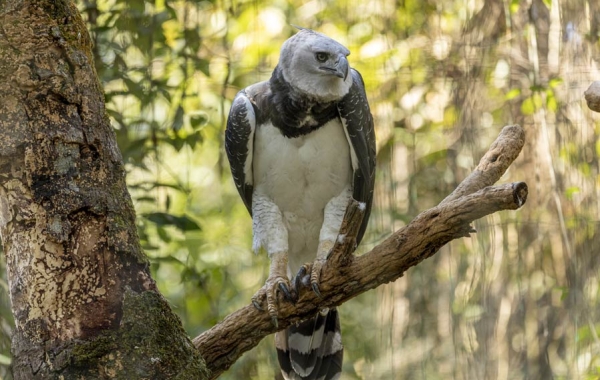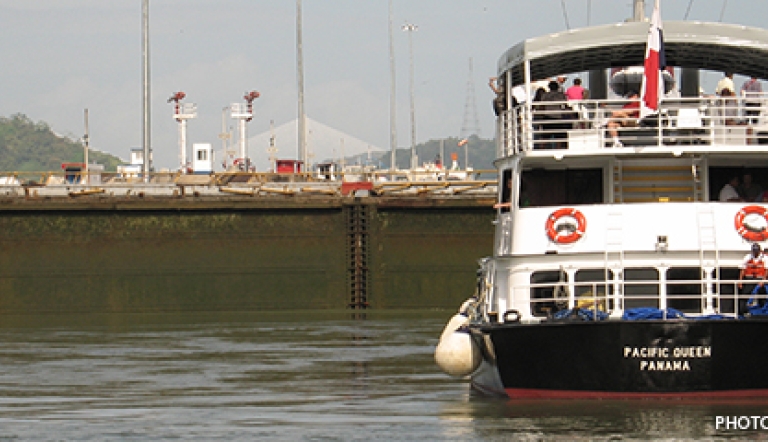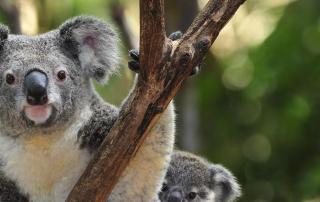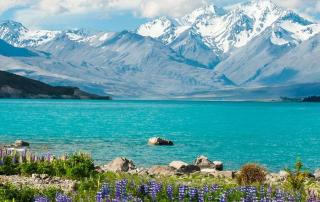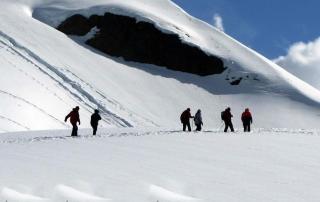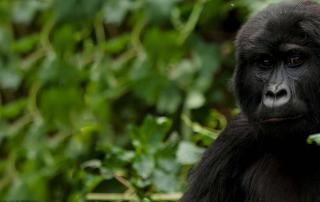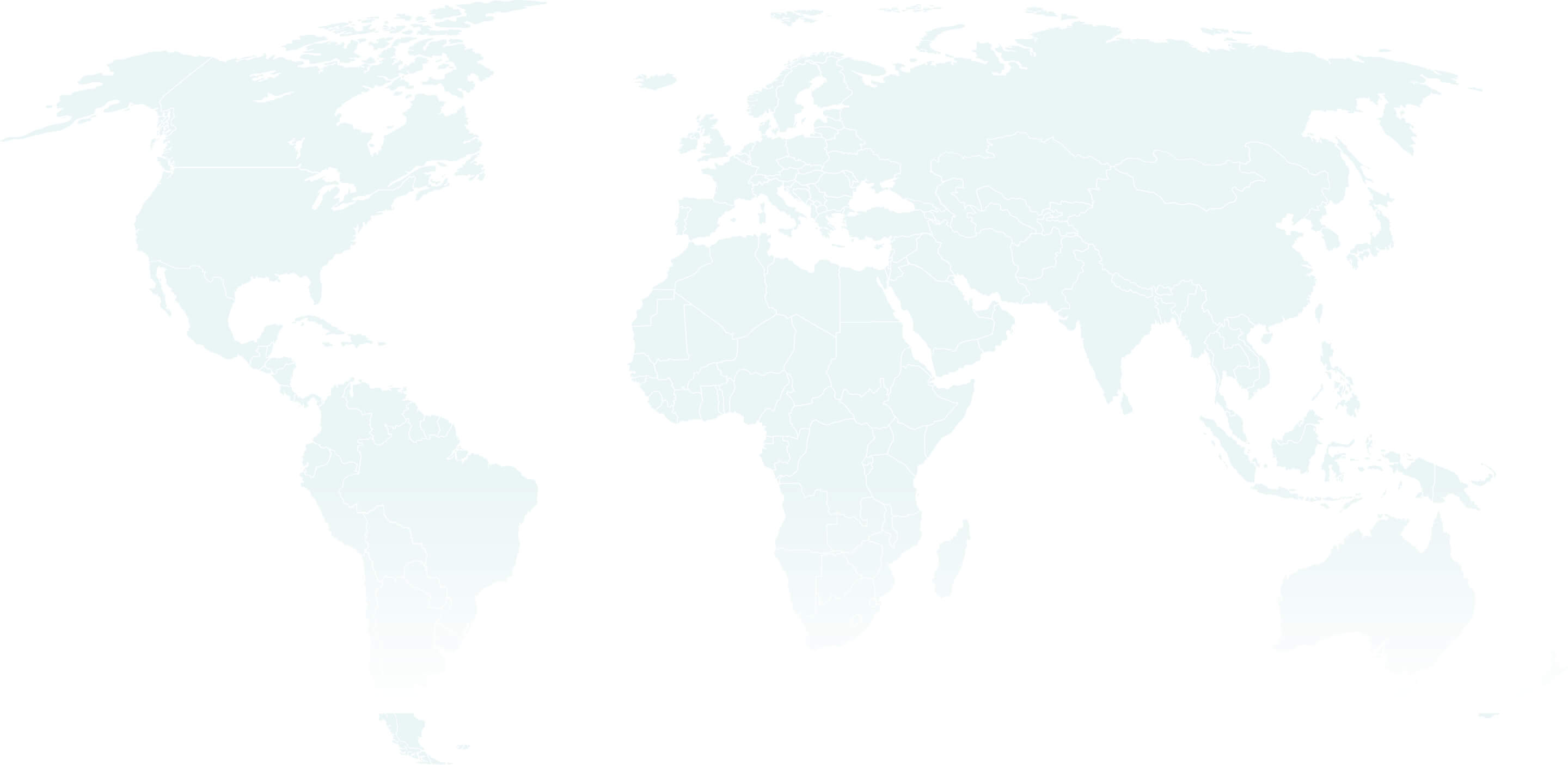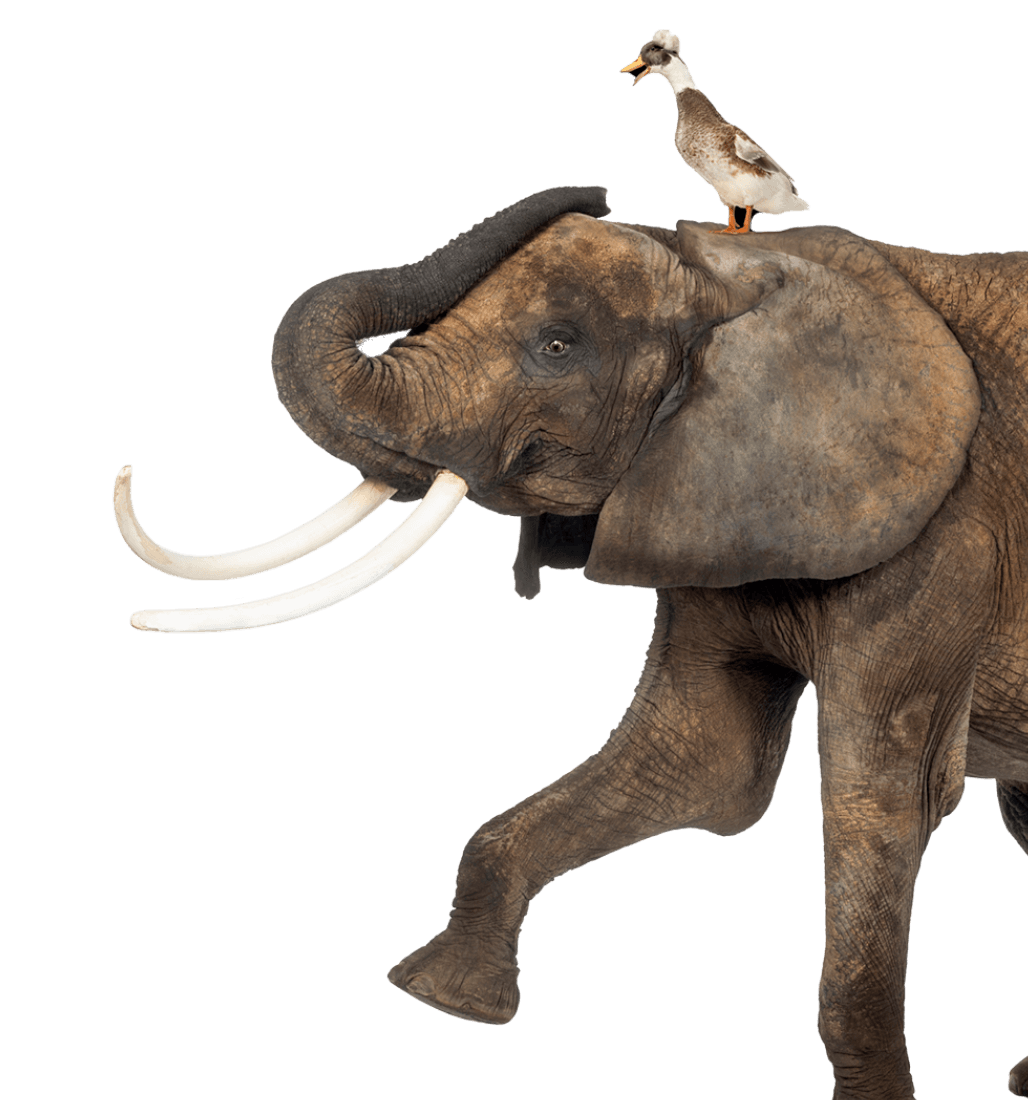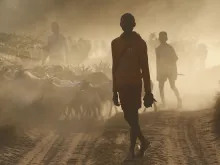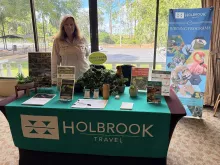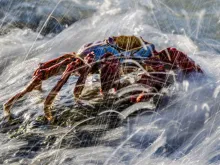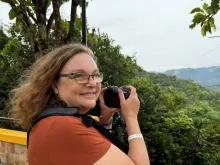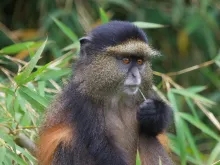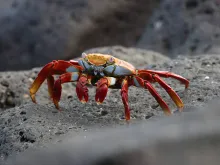The Isthmus of Panama bridges not only the North and South American continents, but also straddles the gap between a sophisticated international banking center and a pristine rainforest, fertile highlands and beautiful beaches, the Caribbean Sea and the Pacific Ocean.
While the historic canal first drew international attention to Panama, the country is a dynamic region that encompasses much more than its famous shipping route. When traveling on a Panama tour, visitors can experience many facets of this remarkable country. Panama’s high standard of living, fascinating indigenous populations and tremendous biodiversity make it an exciting country with endless avenues of exploration. Due to its unique geography, migrating birds from both North and South America pass through Panama between their summer and winter habitats. Diverse jungles located only 15 minutes from Panama City are home to jaguars, monkeys, and sloths. Gourmet, shade-grown coffee is farmed in highland plantations. Migratory killer whales and a resident population of sperm whales swim in waters fringed by some of the most vivid coral reefs in the American Pacific. At Panama’s southern tip lies the Darien National Park, a rainforest that has remained untouched by humans. On the San Blas Islands reside the Kuna people, a native tribe that maintains traditional ways in a remote setting. Holbrook’s Panama tours take visitors to the country’s established highlights as well as its rural, off-the-beaten-path areas. All of this incredible diversity packed into a small, accessible country where English is often spoken makes Panama a destination of choice for travelers with wide-ranging interests.
Geography
Geographically, Panama is the isthmus connecting Central and South America. Darién, touching the Caribbean and Pacific shores, is the largest region extending from Panama City and Colón to the Colombian border. The area’s thick rainforests are sparsely populated with the Emberá and a few farmers, while the volcanic peaks of the Cordillera Central are dotted with coffee plantations, farms, ranches, and remnants of traditional Spanish and European colonial life. Panama has two parallel mountain ranges, one east and one west, separated by high plateaus, ridges, and valleys, with more than 300 rivers flowing to the ocean. Over 1,600 islands dot Panama’s coastline, including the Pearl Archipelago and the San Blas Islands, inhabited by the Kuna tribe.
Flora & Fauna
Just outside the historic district of Panama City is the rainforest, teeming with biodiversity and exotic wildlife. Panama’s biodiversity includes more than 10,000 species of plants, five species of monkeys, an array of mammals, unique marine life, and twelve biological life zones. Panama is home to more bird species than any other country in Central America including endemic species such as Veraguan Mango, Glow-throated Hummingbird, Stripe-cheeked Woodpecker, and Yellow-green Tyrannulet.
Culture
The Isthmus of Panama was an area of convergence of several Amerindian cultures. Ceramics and gold work dating back at least 3,500 years have been discovered, indicating that Mayans, Aztecs, Chibchas, and Caribs all traded here before the Europeans arrived. Panama’s modern day indigenous population represents about 12% of the total population with several smaller and three major ethnic groups: the Ngäbe (Guaymí), the Kuna, and the Emberá of Darien.
The Panama Canal
Though it had been conceptualized and attempted for hundreds of years prior, it wasn’t until 1904 that the United States successfully commenced the construction of the Panama Canal. The fifty-mile long Panama Canal, constructed at the narrowest point between the Caribbean and Pacific Oceans, now carries thousands of transits annually. The canal consists of artificial lakes, artificial channels, and three sets of mechanical locks, Gatún, Pedro Miguel, and Miraflores, which raise and lower ships between sea level and lake level. The canal is considered to be one of the greatest engineering accomplishments of in the world and has literally changed the course of global commerce.
Entry & Exit Requirements
U.S. and Canadian citizens must have a valid passport to enter Panama. Passports must be valid for at least three months after the date of entry.
A visa is not required for visits up to 180 days.
If you are not traveling with a U.S. passport, please check with the Panamanian Embassy for the requirements based on your nationality.
U.S. citizens entering Panama by commercial flight may be charged a $5 tourist fee if Holbrook does not make your air reservations.
Health Information
IMMUNIZATIONS
The Centers for Disease Control recommends that all travelers be up to date on routine vaccinations such as measles-mumps-rubella (MMR) vaccine, diphtheria-pertussis-tetanus vaccine, varicella (chicken pox) vaccine, and your yearly flu shot before every trip.
There are no vaccinations required for entry into Panama.
Some physicians recommend that travelers get hepatitis A and typhoid vaccines before visiting Panama.
Please consult your physician for additional information and recommendations based on your individual circumstances.
MALARIA
The CDC warns that travelers to Central America may be at risk for exposure to malaria. Malaria is caused by a parasite found in Anopheles mosquitos, which are active from dusk until dawn. Prevention is twofold: the use of anti-malarial drugs and the prevention of insect bites. If you choose to use an anti-malarial drug, as recommended by the CDC, see your physician for a prescription.
CHIKUNGUNYA
In June 2014, El Salvador reported locally transmitted cases of chikungunya in Central America. Local transmission means that mosquitoes in the area have been infected with chikungunya and are spreading it to people. Local transmission of chikungunya is now being reported in other countries in Central America. CDC recommends that travelers to the Central America area protect themselves from mosquito bites.
ZIKA VIRUS
Locally transmitted cases of Zika virus have been reported in Panama. Local transmission means that mosquitoes in the area have been infected with Zika and are spreading it to people. The CDC recommends that travelers to Panama protect themselves from mosquito bites. As a precaution, the CDC advises women who are pregnant to consider postponing travel to any area where Zika virus transmission is ongoing.
SUN EXPOSURE
The effects of the sun can be damaging to the eyes and skin. Spending time outdoors exposes you to the sun’s harmful ultraviolet (UV) rays, even on cloudy days. To protect yourself from the sun, use a broad spectrum sunscreen of at least SPF 15, protect skin with clothing, wear a wide-brimmed hat and sunglasses, and drink plenty of fluids.
Currency
The currency of Panama is the U.S. Dollar, though it is referred to as the Balboa. Panama mints their own coins, which are identical in size and value to U.S. coins. U.S. coins are also in wide circulation and can be used interchangeably.
Electricity
The electrical current in Panama is 110V 60Hz AC, the same as in the United States. Travelers from the United States do not need to use a converter.
Time Zone
The time zone in Panama is the same as U.S. Eastern Standard Time (UTC-05:00).
Panama does not observe Daylight Saving Time.
Departures and arrivals on flight schedules are listed in the local time.
Communications
PHONES
Panama’s country code is +507.
To call Panama (from the U.S.): Dial 011-507-(xx-xxx-xxxx)
To call the United States: Dial 001-(xxx-xxx-xxxx)
Please check with your cell phone provider if you’re unsure whether or not your cell phone will work internationally. Be aware that you are likely to incur additional charges for international use.
INTERNET
Internet is widely available in Panama, although connection speeds can vary widely.
Reading List
FIELD GUIDES
Panama Wildlife Guide
Rainforest Publications
This handy 14-panel fold-up card features expert color illustrations of dozens of birds, mammals, amphibians and reptiles.
Snorkeling Guide to Marine Life
Paul Humann
Humann's compact guide illustrates Caribbean fishes, corals, invertebrates and plants commonly encountered in shallower water.
The Birds of Panama
Robert Dean & George R. Angehr
Created for the field, with range maps, illustrations and descriptions on facing pages.
MAPS
Panama Adventure Map
National Geographic
With good topographic detail, this is a sturdy traveler’s map at a scale of 1:475,000.
Panama Map
ITMB
A travel map of Panama at a scale of 1:800,000, with good topographic relief.
GUIDEBOOKS
Culture Smart! Panama
Heloise Crowther
This practical guide to local customs, etiquette and culture is concise and well-illustrated.
Lonely Planet Panama
Scott Doggett
The usual comprehensive Lonely Planet treatment, with a good overview of the history, culture and nature of Panama.
National Geographic Panama
Christopher Baker
Award-winning travel writer and photographer Christopher Baker introduces the history, nature and attractions of Panama, thoroughly illustrated in National Geographic’s style.
Panama Canal by Cruise Ship
Anne Vipond
This outstanding guide to the Panama Canal, and popular ports of call in Mexico, the Caribbean and Central America features a mile-by-mile guide to the transit, a history of the building of the canal and a detailed pullout map.
NATURAL HISTORY
Tropical Nature
Adrian Forsyth & Ken Miyata
A lively, lucid portrait of the rain forest as seen by two uncommonly observant and thoughtful field biologists. Its 17 marvelous essays introduce the habitats, ecology, plants and animals of the Central and South American rain forest.
A Neotropical Companion
J.C. Kricher
A tropical primer aimed at the motivated general reader. It’s a systematic overview of the ecology, habitats, animals, plants and ecosystems of Central and South America.
The Monkey’s Bridge, Mysteries of Evolution in Central America
David Rains Wallace
Opening this absorbing account of the history and biogeography of the Central American isthmus with the tale of Columbus, Wallace then weaves his own travels in the region with a crisp overview of exploration, nature and evolution. Natural history buffs and ecologically minded travelers will appreciate this valuable resource.
The Tapir’s Morning Bath
Elizabeth Royte
An engaging account of the people, ecological research and debate among the scientists at Barro Colorado Island, the Smithsonian Institution’s Tropical Research Station in Panama. Royte, a journalist and research-assistant-at-large, is an entertaining insightful guide.
HISTORY & CULTURE
The Path Between the Seas, The Creation of the Panama Canal: 1870-1914
David McCullough
This prize-winning book tackles the full scope of the history of the Panama Canal, its characters, technical difficulties and the Byzantine politics involved. It’s a great story that master McCullough plumbs with a deft hand.
A Brief History of Central America
Hector Perez-Brignoll
A good overview of the economic, political and social history of the region through the 1980s by a professor at the University of Costa Rica.
How Wall Street Created a Nation: J.P. Morgan, Teddy Roosevelt, and the Panama Canal
Ovidio Diaz Espino
An intriguing look into the treachery, behind-the-scenes financial wrangling and Roosevelt-era dollar diplomacy that resulted in not only the Panama Canal but the establishment of Panama as an independent nation (and some few making a lot of money).
Portrait of the Panama Canal, from Construction to the Twenty-First Century
William Friar
A photo-essay with contemporary and archival photographs of the Panama Canal, as well as a short history, featuring 60 color and 10 archival images.
The Building of the Panama Canal in Historic Photographs
Ulrich Keller
These archival photographs tell the story of the people who built the Panama Canal, the engineers who designed it and the changes wrought on the landscape through its construction.
